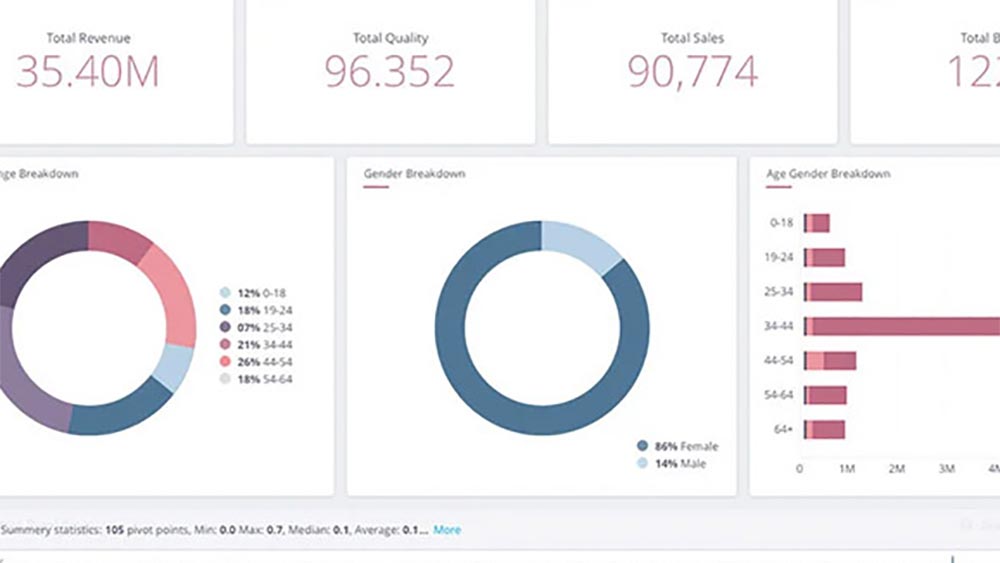- September 6, 2023
Debabrate Ray
How Technology is changing the Aviation Industry
Introduction
Airlines will continue to adapt to the evolving new normal, operate under strict budget constraints, and prioritize cash preservation to tackle the uncertainties and challenges. So, maintaining the aircraft at optimal operation levels is critical to run the airlines.
In spite of being new generation aircraft and having efficient and longer lasting engines, the cost of maintenance continues to increase due to shortage of resources, scarcity of spare parts of older aircrafts, and inflation. As such, airlines are shifting attention towards leveraging the latest innovative technologies, which were not widely available in the recent past, to tackle increasing challenges in maintenance operations. Among these latest cutting-edge innovative technologies, digital twin is playing a critical role in the space of aircraft maintenance.
Digital Twin (DT)
As per E. Glaessgen and D. Stargel “A Digital Twin is an integrated multiphysics, multiscale, probabilistic simulation of an as-built vehicle or system that uses the best available physical models, sensor updates, fleet history, etc., to mirror the life of its corresponding flying twin”
Aircraft Maintenance and Digital Twin
Digital twin applies multiphysics and multiscale modeling techniques along with AI/ML models, which analyzes the behavior of aircraft components in different electrical, thermal, mechanical, magnetic, and chemical conditions. The sensors generate datapoints and the models perform the what-if analysis, which captures how different components individually and as a whole will behave in different conditions without changing the properties of the physical aircraft components.
Below is the illustration of the DT of aircraft and fleet:



The Digital Twin Advantage
By collecting data generated by IoT sensors installed in the aircraft parts, digital twins along with AI/ML analytics models can forecast unscheduled maintenance. Additionally, digital twins can also predict the conditions when the parts/component could fail. By providing prior insights into the status of the aircraft components, digital twins facilitate early detection of a problem.
Leveraging digital twins and combining AI/ML enabled predictive analytics can assist in the earlier detection of a problem by capturing prior insights of the status of the aircraft components. The end result is an improvement in safety, which ultimately makes air travel safer and more reliable.
Digital twin enables the operator to predict probable maintenance failures before the breakdowns can occur. It gives lead time to the operator to minimize the downtime, increase aircraft utilizations, and profitability. By replicating the model in Digital twin, air carriers can forecast maintenance costs.
With the application of digital twin, operators can manage the inventory more effectively by appropriately ordering the parts that would fail as forecasted by the analytics model.
References
- https://www.mordorintelligence.com/industry-reports/global-aircraft-maintenance-repair-and-overhaul-market-industry
- https://www.oliverwyman.com/our-expertise/insights/2021/jan/global-fleet-and-mro-market-forecast-2021-2031.html.
- Boeing: Commercial Pilot, Civil Pilot, Aviation Technician & Cabin Crew Demand Outlook. (n.d.). Boeing: Commercial Pilot, Civil Pilot, Aviation Technician & Cabin Crew Demand Outlook. https://www.boeing.com/commercial/market/pilot-technician-outlook/.
- https://www.avm-mag.com/maintenance-still-lags-growing-airline-digitization/
- https://www.aerospacemanufacturinganddesign.com/article/predictive-prescriptive-analytics/
- https://ntrs.nasa.gov/citations/20120008178
- https://www.comsol.com/blogs/digital-twins-not-just-hype/
- https://blog.ifs.com/2019/04/digital-twins-commercial-aviation/













